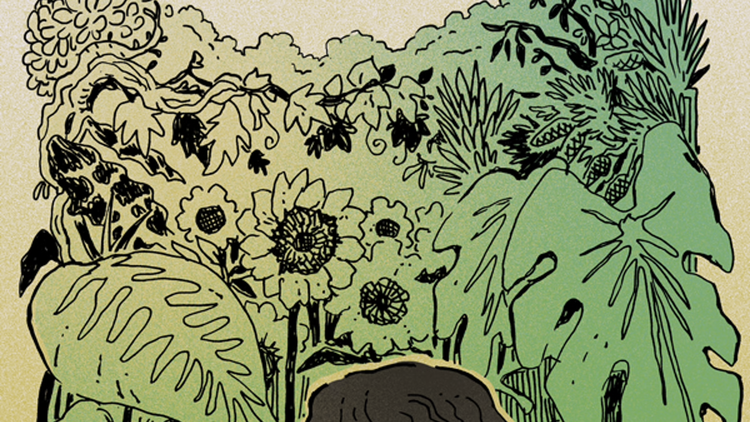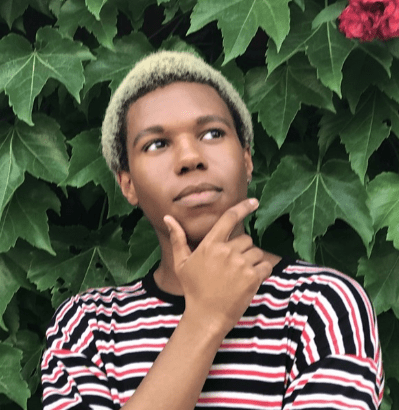Same Bat-Time?: Should Batman be a period piece?
“And where is the Batman? He’s at home! Washing his tights!”
It’s a great line isn’t it? Well no, it’s a weird line with a great Jack Nicholson delivery behind it which is close enough for government work. But we’re all so used to the idea of Batman wearing tights that we never really stop and ask why he wears tights. Put a pin in that.
There’s a great bit in the old movie Sherlock Holmes and the Voice of Terror where Holmes and Watson are preparing to leave 221b Baker Street. Holmes reaches for his trusty deerstalker hat and Watson (Nigel Bruce) blusters “Really Holmes!”. With a withering patrician glare Holmes (Basil Rathbone) mutters “Oh, very well!” and instead takes a fedora from the hat stand and puts it on. The joke, see, is that unlike the previous Rathbone Holmes movies, Voice of Terror was set in the then-present of 1941. Holmes was being taken out of his traditional Victorian setting and put to work in his country’s service against the Nazis. But should he be? (Taken out of his setting, I mean. I am always down to see Holmes fight Nazis. Hell, I’m down to see Miss Marple fight Nazis. Actually yeah, where the hell is that movie?).
Some characters are born as period-specific characters. The Lone Ranger, for instance, was created in 1933 when the Old West of folk imagination had long vanished (as much as it ever existed). And some start out as contemporary figures: Robin Hood, Heathcliff and yes, Sherlock Holmes. But, as time passes, they become totems of the times that created them. Something I find absolutely fascinating is trying to figure out how much a character’s setting is vital to that character. I think the three examples I just listed run the spectrum.
Robin Hood? Gotta be Medieval England. Just has to. Without Sherwood Forest, the bows and arrows, the sword fights, the Sheriff of Nottingham, what even is the point?
Heathcliff? Eh…you can do Wuthering Heights in the modern day. But without the the mid-nineteenth century obsession with manners and reputation and old fashioned notions of decorum and gender roles it loses something. It loses a lot, in fact.
As for Holmes? Yeah, he works in the modern day. I may personally prefer my Sherlock to be stalking through pea-soupers with street tarts calling “fancy it, duckie?” from shadowy doorways but yes, he obviously can and has worked perfectly well in the modern day.
So what’s this got to do with Batman? Well, because I think we’re approaching the point where we (or rather, DC comics) will have to make a decision about Batman: should he become a period piece? Should he go the Robin Hood route or the Sherlock Holmes route?
Right, the tights.
Batman, who was created by Bill Finger and (spits in contempt) bob kane in 1939, took a lot of influences from a lot of places. A little bit of Zorro, a lot of the Shadow and a healthy scoop of Superman who had debuted the previous year and inaugurated the superhero genre as we know it. Those are Superman’s tights, just recoloured. Now Superman’s costume was designed to evoke a circus strong man. In fact, the circus is the unsung father of the comic book superhero, and Batman in particular. Obviously, you have Batman’s most famous nemesis, the Joker, the Clown Prince of Crime. Then there’s the origin of Dick Grayson, aka Robin, who is orphaned after his acrobat parents had their trapeze tampered with while attempting a daring leap without a net.
Now ask yourself, how many American children today have ever been to the circus? I don’t mean Cirque du Soleil, I mean an old-style Big Top, Three Ring, Ringmaster, Clowns, Lions and Elephants type of circus?
The American Circus is dead. The Humane Society held it down, TV, X-Box and Netflix landed the killing blows.
And this is why Batman is coming to an impasse. The character is over eighty years old and so many elements that make Batman Batman are inextricably wedded to the early/mid 20th century. I’m not even talking about the dodgy optics of a wealthy WASP beating the tar out of disenfranchised muggers which gets harder to gloss over with every passing year. I mean simple stuff like being raised by a butler.
I can absolutely buy a millionaire pointing at a random orphan in the forties and saying “the child shall be my ward and I’m taking him home with me to my mansion, any questions?”.
2021 is a more cynical age though, and people will talk.
Some of the most important stories in Batman’s history revolve around taking on the Mafia, but the Italian Mob’s been a spent force in American crime since the nineties.
Hell, if you want to get really bleak, imagine if climate change kicks into high gear and future generations of comic fans have to be told what a Penguin was, and why they are associated with umbrellas (actually never entirely clear on that one).
In (obligatory plug for upcoming novel) When the Sparrow Falls, I created the Caspian Republic, a country two hundred years from now for people who are afraid of a world that is changing too fast for them, where the rise of Artificial Intelligence has blurred the lines of what is human and what is not beyond recognition. In Caspian, there’s no technology more advanced than what was available in the eighties, and people dress in fedoras and trenchcoats and other mid-century garb. And I made it that way because, regardless of the future setting, I was writing a Cold War style spy thriller and you have to have trench-coats and fedoras and old timey telephones. On paper, The Big Lebowski is a film noir, but no one actually puts it in the same category as The Maltese Falcon. There are no supernatural elements in The Silence of the Lambs, but it’s still a horror movie. Because that’s what it feels like. Ultimately, what makes a genre is not the plot elements or the character archetypes, it’s the feel. The aesthetics.
I suspect that you could do Batman without the circus, the mob, the smoky industrial mid-century city, the acrobat boy sidekick, the butler. But would he still be Batman? Without that wonderful, smoggy, gloomy, mid-century American ambience is he the same character? Is he Robin Hood or is he Sherlock Holmes? Can Batman leave the 20th century? Should he?
That’s the choice facing the people of Caspian. Change until you’re something completely different from what you started as, or become a period piece.
I think that’s called getting old.
Neil Sharpson is a Dublin-based writer and playwright who was selected for the Irish Writer’s Center’s Novel Fair in 2018. When the Sparrow Falls was initially staged as a play as The Caspian Sea before being adapted into a novel. When he’s not penning a long-form story, he blogs as Unshaved Mouse and hosts the popular YouTube channel Sharuf. You can visit him at www.unshavedmouse.com or follow him on Twitter @UnshavedMouse.
Life in the Caspian Republic has taught Agent Nikolai South two rules. Trust No One. And work just hard enough not to make enemies.
Here, in the last sanctuary for the dying embers of the human race in a world run by artificial intelligence, if you stray from the path - your life is forfeit. But when a Party propagandist is killed - and is discovered as a "machine" - he's given a new mission: chaperone the widow, Lily, who has arrived to claim her husband's remains.
But when South sees that she, the first "machine" ever allowed into the country, bears an uncanny resemblance to his late wife, he's thrown into a maelstrom of betrayal, murder, and conspiracy that may bring down the Republic for good.
Add When the Sparrow Falls to your tbr here. Order it from your local independent bookseller, or order it via Bookshop.org to support independent booksellers throughout the US and the UK. For international shipping, you can try Barnes & Noble. If you prefer audiobooks, here’s a Libro.fm link. You can also request When the Sparrow Falls from your local library — here’s how to get in touch with them. And if you need to order from the Bad River Website, here’s a link that will leverage your order to help get clean water to people who need it.
If you haven’t already, I hope you’ll consider subscribing to this newsletter. The subscriber community is a wonderful and supportive one, and we’re spending 2021 finding new ways to stay connected and share experiences.
No matter what you do, please find a way to support Asian American and Pacific Islander communities. There are some resources here to get you started. You can also click here to find ways to support Black communities and people.
In the meantime, care for yourself and the people around you. Believe that the world can be better than it is now. Never give up.
—Gailey


![Guest Host [sarah] Cavar](/content/images/size/w750/2025/03/COVER---Failure-to-Comply.jpg)



Member discussion